Can Cats Eat Whipped Cream? A Guide for Pet Owners
- 27 Feb 2025 14:31
Whipped cream is a delicious treat enjoyed by many humans, but when it comes to sharing it with your cat, there are a few things to consider. While it may seem like a harmless snack, whipped cream isn't necessarily the best choice for your feline friend. In this article, we’ll explore whether cats can eat whipped cream, the potential risks involved, and how to safely offer it to your cat if you choose to do so.

Can Cats Eat Whipped Cream?
Short answer: It's not recommended to feed your cat whipped cream regularly.
While whipped cream isn’t toxic to cats, it’s not a healthy treat for them either. Cats are obligate carnivores, which means they need animal-based proteins for optimal health. Whipped cream, on the other hand, is a dairy-based product that doesn't provide any essential nutrients that cats require. Additionally, some of the ingredients in whipped cream can cause digestive issues or other health problems in cats.
Potential Risks of Feeding Whipped Cream to Cats
Lactose Intolerance:Many cats are lactose intolerant, meaning they don’t have the enzyme lactase needed to properly digest lactose, the sugar found in milk and dairy products. Feeding whipped cream to a lactose-intolerant cat can lead to gastrointestinal upset, including symptoms like vomiting, diarrhea, and stomach cramps.
High in Sugar:Most whipped cream contains added sugars, which can contribute to weight gain, obesity, and dental problems in cats if consumed in large amounts. Cats do not require sugar in their diet, and too much sugar can also lead to diabetes over time, especially if your cat is predisposed to the condition.
High Fat Content:Whipped cream is high in fat, which can contribute to obesity and pancreatitis in cats if given regularly. While fat is an essential part of a cat’s diet, the fats in whipped cream are not the healthy, animal-based fats that cats need for proper nutrition.
Artificial Sweeteners:Some brands of whipped cream, especially the non-dairy varieties, contain artificial sweeteners like xylitol, which is toxic to pets, including cats. Even small amounts of xylitol can cause a dangerous drop in blood sugar and liver damage in cats. It’s essential to check the ingredients of whipped cream carefully before offering it to your cat to ensure it doesn’t contain any harmful additives.
Allergic Reactions:In rare cases, some cats may be allergic to dairy or other ingredients in whipped cream. If your cat shows any signs of an allergic reaction, such as itchy skin, hives, swelling, or respiratory distress, stop feeding them whipped cream and consult your veterinarian.
How to Safely Offer Whipped Cream to Cats
If you do choose to give your cat a small amount of whipped cream, here are some important guidelines to follow:
Limit the Amount:Offer whipped cream as an occasional treat, and only in small amounts. A tiny spoonful once in a while is unlikely to harm your cat, but it should never become a regular part of their diet.
Opt for Dairy-Free Whipped Cream:If you want to avoid the risks of lactose intolerance, consider using dairy-free whipped cream made from coconut milk or almond milk. These alternatives don’t contain lactose, but you should still be cautious about the fat and sugar content.
Avoid Artificial Sweeteners:Make sure the whipped cream you give to your cat doesn’t contain harmful artificial sweeteners like xylitol. Always read the ingredients label to be sure that it’s safe for your pet.
Monitor Your Cat:If it’s the first time you’re giving whipped cream to your cat, monitor them closely afterward for any signs of gastrointestinal upset or allergic reactions. If you notice any issues, discontinue giving them whipped cream and consult your veterinarian.
Healthier Treat Alternatives for Cats
If you’re looking for healthier treat options for your cat, there are many better choices available. Here are some alternatives that are more aligned with a cat’s nutritional needs:
Cooked meat (chicken, turkey, or beef) – Cats love protein, and cooked, unseasoned meat is a healthy, safe treat.
Catnip – Many cats love catnip, and it’s a safe and enjoyable treat.
Commercial cat treats – Many high-quality commercial treats are designed to meet your cat’s dietary needs while satisfying their cravings.
Fresh fruits and vegetables (in moderation) – Some cats enjoy small amounts of fruits like blueberries, cantaloupe, or watermelon, and veggies like cooked carrots or green beans.
Conclusion: Can Cats Eat Whipped Cream?
While cats can technically eat whipped cream, it’s not a recommended treat due to the potential risks of lactose intolerance, sugar, fat, and artificial sweeteners. Whipped cream offers no essential nutrients that your cat needs and can lead to digestive problems or long-term health issues if given too often. If you do decide to give your cat whipped cream, make sure to do so in moderation, ensure it’s free of harmful ingredients like xylitol, and monitor them closely for any adverse reactions.
For safer, healthier alternatives, consider offering your cat small portions of cooked meat or other cat-friendly treats. Always consult with your veterinarian before introducing new foods to your cat’s diet to ensure their health and well-being.
For further guidance on your cat's health, consider using PettureX, a friendly pet health software assistant. PettureX provides 24/7 online consultations, helping you make informed and safe decisions about your pet's diet and overall health.
Related

Marshmallows and Cats: A Puffy Problem? Why Vets Say No to This Sugary Snack
- 22 Apr 2025
Kefir for Kitties? A Veterinarian-Reviewed Guide to Safety, Benefits & Risks
- 22 Apr 2025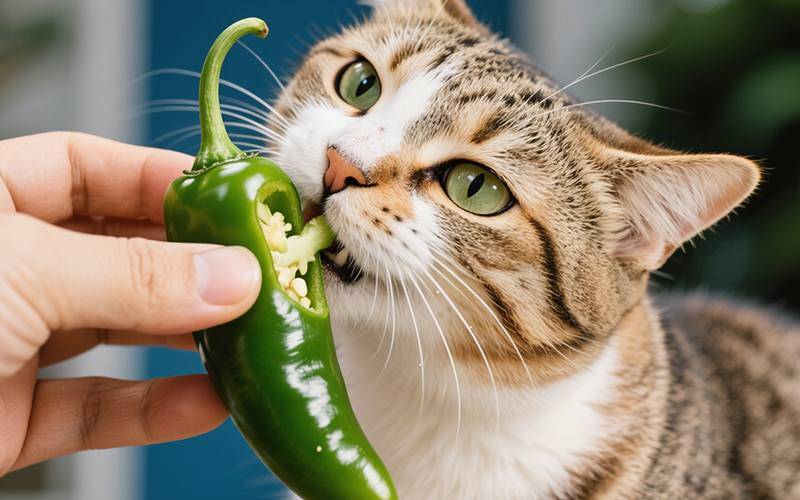
The Burning Question: Can Cats Eat Jalapenos? A Comprehensive Safety Guide
- 21 Apr 2025
Cool Temptation: Can Cats Eat Ice Cream Safely? The Vet-Backed Truth
- 21 Apr 2025
Frankly Dangerous: Can Cats Eat Hot Dogs? Vet Explains the Serious Risks
- 16 Apr 2025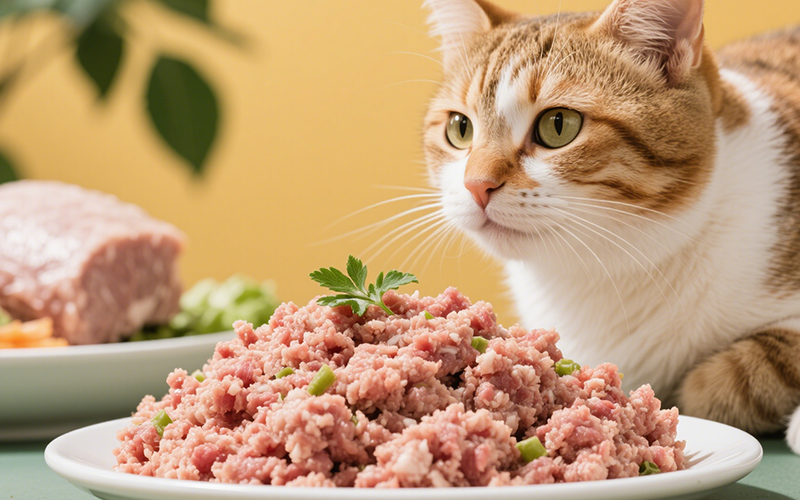
A Purrfect Protein? Can Cats Eat Ground Turkey Safely? (Vet-Reviewed Guide)
- 16 Apr 2025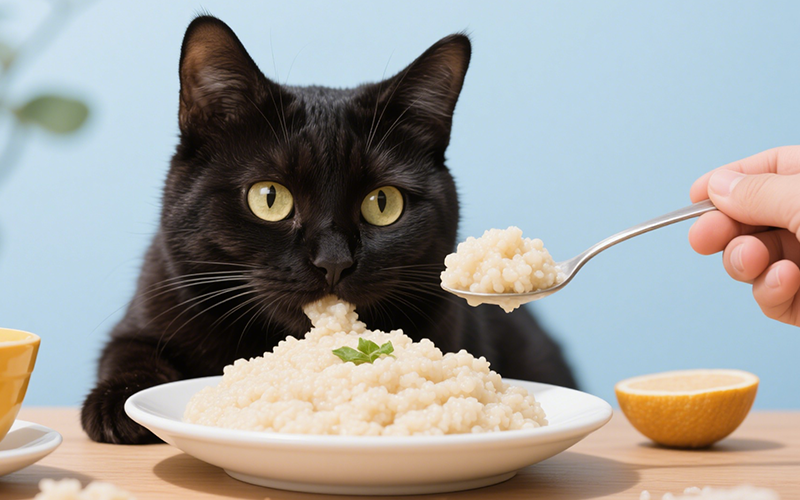
Gritty Situation: Can Cats Eat Grits Safely? Vet Explains the Risks
- 16 Apr 2025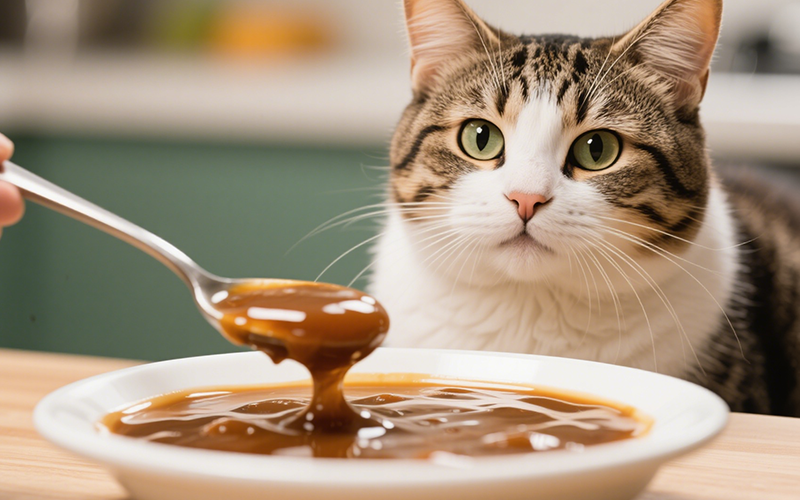
Gravy Danger Zone: Can Cats Eat Gravy Safely? (Vet-Reviewed Warning)
- 16 Apr 2025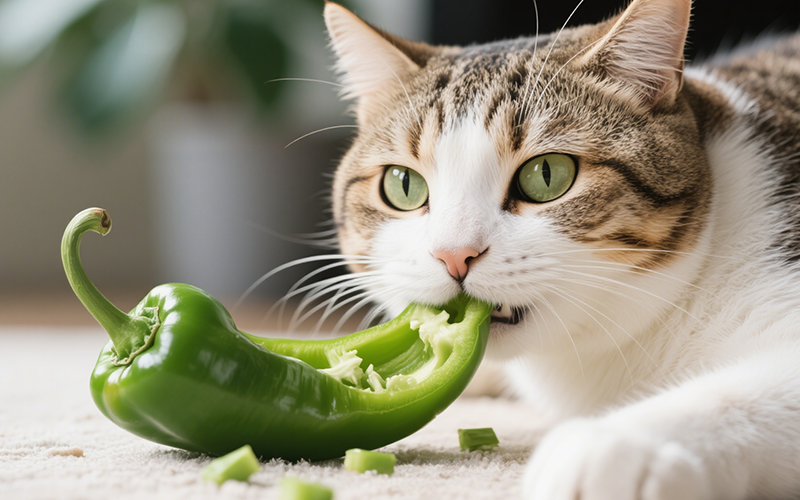
Crunchy Query: Can Cats Eat Green Peppers? A Vet-Reviewed Safety Analysis
- 16 Apr 2025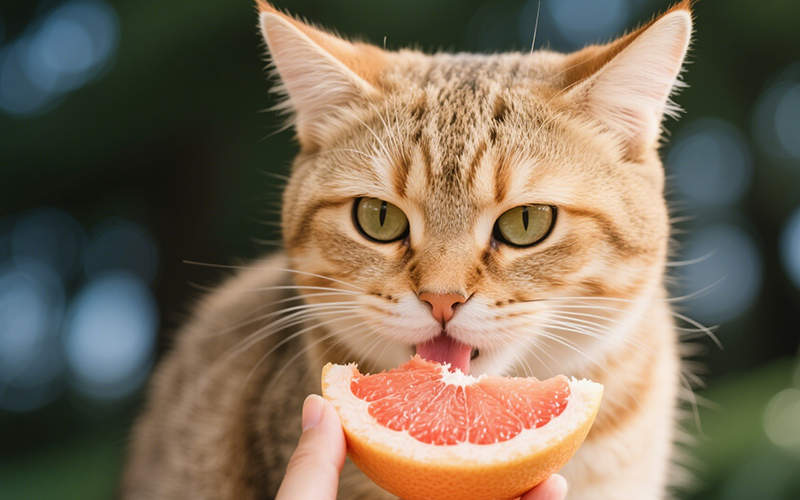
Toxic Temptation: Can Cats Eat Grapefruit? Vet Explains the Dangers
- 16 Apr 2025
